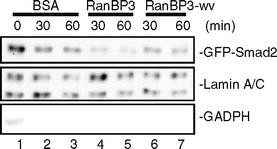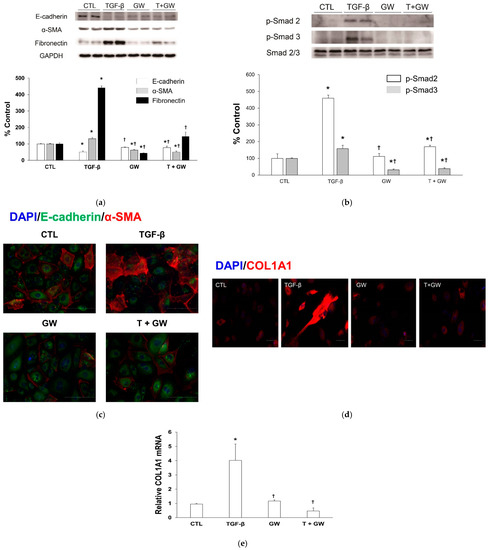

However, the analysis of studies on the routine use of nasal continuous positive airway pressure (nCPAP) showed a decrease in ‘BPD or death’ in infants stabilised on nCPAP, rendering the practice of general prophylactic surfactant application obsolete.Īlready 20 to 30 years ago, many research groups identified risk factors and developed scoring methods to predict BPD. Since the 1990s, prophylactic surfactant therapy has dramatically improved survival. Īlthough the administration of antenatal steroids is associated with a reduction of serious adverse outcomes related to prematurity (perinatal and neonatal death, RDS, intraventricular haemorrhage, necrotising enterocolitis), no reduction in chronic lung disease has been shown. Different therapeutic or preventive strategies like antenatal steroids, surfactant, ventilation strategies and postnatal steroids have been studied to reduce the incidence of BPD. In the 1960s, invasive mechanical ventilation was the only way to manage respiratory distress syndrome (RDS), and such exposure was shown to injure premature lungs. Since BPD was described for the first time more than five decades ago, perinatal care has seen major changes. The corresponding AUCs in the validation cohort were 0.92 and 0.88, respectively.Ĭonclusion: This score allows for predicting the risk of a very low birth weight infant to develop BPD early in life and may be a useful tool in clinical practice and neonatal research.īronchopulmonary dysplasia (BPD) is a major chronic respiratory complication of preterm infants. The AUCs of the BPD risk scores in the derivation cohort were 0.90 and 0.89 for the BPD28 and BPD36 definitions, respectively. We identified gestational age, birth weight, antenatal corticosteroids, surfactant administration, proven infection, patent ductus arteriosus and duration of mechanical ventilation as independent predictors of BPD28. The corresponding numbers for BPD36 were 11.3% and 11.1%, respectively. The incidence of BPD28 was 21.6% in the derivation cohort ( n = 1488) and 25.2% in the validation cohort ( n = 2006). This score was then applied to the Swiss national cohort from the years 2014–2015 to perform external validation.

We built the score as the sum of predicting factors, weighted according to their ORs, and analysed its discriminative properties by calculating the area under the ROC (receiver operating characteristic) curves (AUCs). Logistic regression was performed in a national cohort (infants born in Switzerland with a birth weight < 1501 g and/or between 23 0/7 and 31 6/7 weeks PMA in 20), to identify predictors of BPD. Need for supplementary oxygen at 36 weeks postmenstrual age (PMA), BPD36. Need for supplementary oxygen during ≥ 28 cumulative days, BPD28, 2. Our aim was to develop and validate a predictive risk score for bronchopulmonary dysplasia (BPD), according to two clinically used definitions: 1.


 0 kommentar(er)
0 kommentar(er)
